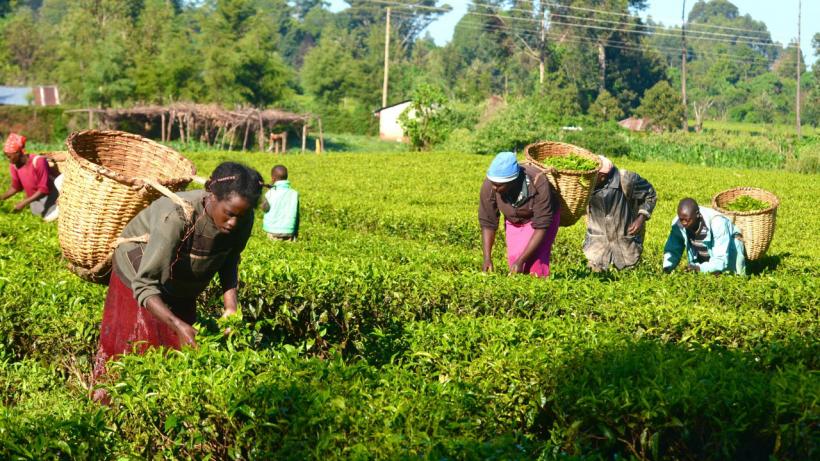
BREAD 2021: Insights on agriculture
The IGC hosted the BREAD Conference on Economics of Africa from 7-9 July and our new blog series explores key findings from research presented during the conference, including the following publicly available papers on agriculture. Some interesting findings are below.
Agriculture is a large economic sector in sub-Saharan Africa, accounting for an estimated 15 to 23% of total GDP. An estimated 60% of people work in agriculture, over half of them women. Agricultural workers in rural areas often face difficulties obtaining farming inputs, low access to technology, and limited access to knowledge and markets. Governments address these obstacles through subsidies, agricultural extension programmes, infrastructure, and more – these papers discuss the effects of a small portion of these programmes.
Finding: Malawi’s Farm Input Subsidy Programme (FISP) reduced women’s agency over agricultural earnings in matrilocal regions, but not in patrilocal regions where women’s agency is already particularly low.
Women make up the majority of agricultural workers in sub-Saharan Africa, but a minority of them make decisions on what to do with agricultural earnings. Malawi has both patrilocal – in which a couple moves to the husband’s community after marriage – and matrilocal – in which a couple moves to the wife’s – communities. In patrilocal communities, where women’s decision-making power is lower, the Farm Input Subsidy Programme (FISP) does not change women’s agency but reduces need for women’s participation in precarious work such as selling maize at the market. In matrilocal communities, the FISP reduced women’s decision-making agency over earnings, possibly due to husbands using FISP vouchers to bargain with their wives’ families for more control over earnings.
Finding: Farmers adopt new technologies when other members of their communities do.
When one farmer adopts a new technology, such as pest-control techniques against the Fall Armyworm, other farmers in their social networks also benefit. Other farmers can benefit from more knowledge about the subject, and by physical improvements to their farms – for example, lower probability of pest infection. Given social benefit of adoption is 30 times higher than private benefit, but varies widely depending on the social network of a farmer, it is suggested the most beneficial approach is for a few farmers at the centre of their social network to adopt these new technologies.
Rural roads, agricultural extension, and productivity (Gebresilasse 2018)
Finding: Ethiopian farmers’ productivity benefits much more from having access to both roads and agricultural extension than either only roads or only extension.
Access to roads and agricultural extension have strong complementarities for increasing agricultural productivity: in Ethiopia, neither is effective alone. Roads alone may not be effective because of lack of complementary access to agricultural inputs and technologies; and extension alone may not be effective because of physical connectivity. Giving rural farmers access to both roads and extension mitigates both of these problems. Access to both road and extension increases productivity by 11%, via increased access to agricultural advice, credit, and farming inputs.
Disclaimer: The views expressed in this post are those of the authors based on their experience and on prior research and do not necessarily reflect the views of the IGC.

